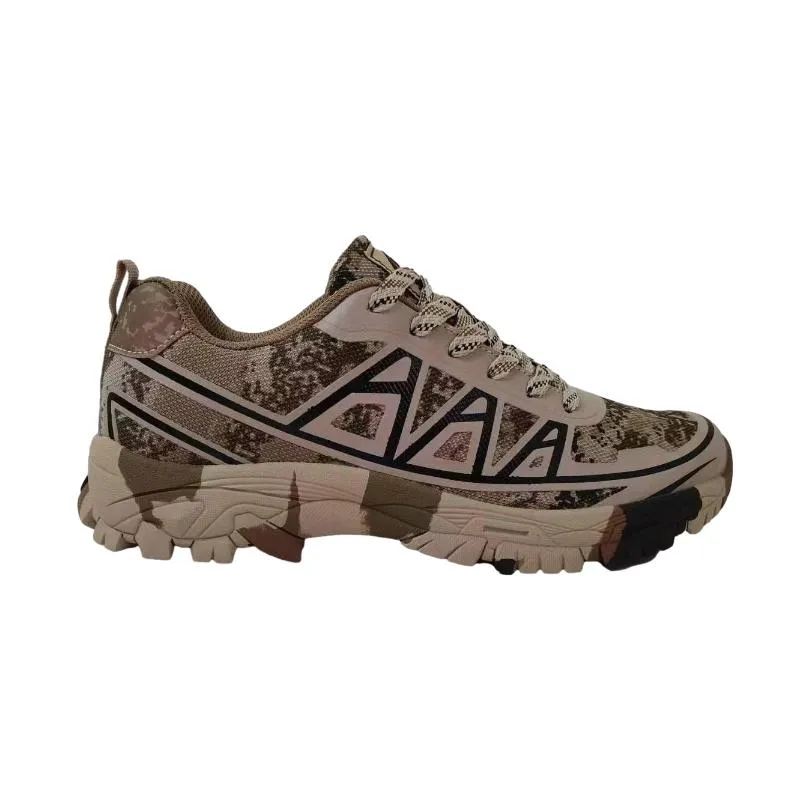Are Rubber Boots Good for Cold Weather?
When winter arrives, a common concern for many is how to keep their feet warm, dry, and comfortable. Among the various footwear options, rubber boots have gained popularity for their waterproof qualities. However, a critical question arises are rubber boots suitable for cold weather? To answer this, we need to examine several factors, including insulation, comfort, practicality, and alternatives.
Insulation
One of the primary considerations when evaluating rubber boots for cold weather is insulation. While rubber boots excel in keeping moisture out, they can fall short in terms of warmth. Most standard rubber boots lack adequate insulation, which is crucial for maintaining warmth in frigid temperatures. Insulation typically comes from materials such as fleece or Thinsulate, which help trap heat. If you're opting for rubber boots in cold conditions, it's essential to choose models that are specifically designed with insulated linings. These variants are often labeled as winter rubber boots and can provide adequate warmth while retaining the waterproof benefits of rubber.
Comfort
Another important aspect to consider is comfort. Rubber boots are often designed for utility rather than comfort, which can lead to discomfort during prolonged wear in cold climates. Standard rubber can become stiff in freezing temperatures, making movement less flexible. Furthermore, they may not provide sufficient arch support, which is crucial for those planning to walk or stand for extended periods outdoors. To enhance comfort, consider pairing rubber boots with thermal insoles or thick wool socks, which can help improve insulation and cushioning.
Practicality
are rubber boots good for cold weather

From a practical standpoint, rubber boots excel in specific situations, such as snowy or muddy conditions. Their waterproof nature helps keep feet dry, which is a vital feature in winter weather where slush and meltwater are prevalent. Moreover, rubber boots typically have a higher shaft, offering added protection against the elements. Many rubber boot designs also feature slip-resistant soles, which can be beneficial in icy conditions, reducing the risk of slips and falls.
However, if you plan to engage in outdoor activities that require extensive walking, like hiking or snowshoeing, rubber boots might not be the best choice. Their bulkiness and limited breathability can make them cumbersome for prolonged use. In such cases, insulated hiking boots or winter footwear designed for active use might be more appropriate. These options often combine insulation with better support and flexibility.
Alternatives
If you're still uncertain about using rubber boots in cold weather, several alternatives can offer both warmth and waterproof protection. Insulated winter boots made with waterproof leather or synthetic materials could be an excellent choice. Brands specializing in winter footwear often provide options that include both insulation and advanced thermal technology, ensuring your feet remain warm and dry.
Additionally, consider snow boots or waterproof hiking boots that feature proper insulation and are designed specifically for cold weather. These alternatives come equipped with advanced materials that offer breathability while maintaining warmth, which can be a considerable advantage during outdoor activities.
Conclusion
In conclusion, while rubber boots can be suitable for certain cold weather conditions, particularly when it comes to keeping feet dry, their lack of insulation may limit their effectiveness in extremely cold temperatures. When selecting footwear for winter weather, prioritize models designed for warmth and comfort. Always consider the specific conditions you’ll be facing, as well as how long you’ll be wearing the boots. Insulated rubber boots may provide a viable option if you plan to engage in light activities, but for extensive outdoor ventures, exploring insulated winter alternatives might be the best route. Keeping your feet warm and dry is essential for enjoying the winter months, so choose wisely!
-
Stay Dry in Any Condition with WadersNewsJul.17,2025
-
Elite Performance with Camouflage Combat BootsNewsJul.17,2025
-
Dry and Comfortable with Green Rubber Garden ShoesNewsJul.17,2025
-
Convenient Protection with Foldable RainbootsNewsJul.17,2025
-
Comfort and Protection with Neoprene Work BootsNewsJul.17,2025
-
Brighten Rainy Days with Floral Rain BootsNewsJul.17,2025
-
Safety Wellies: The Ultimate Combination of Protection, Comfort, and VisibilityNewsJun.19,2025











